
***
High above the village of Eyam, overlooking the hills, valleys and rock edges of Derbyshire, is a walled enclosure. It is a beautiful spot and well worth the walk along the leafy lane for the magnificent views of the landscape. But this is Eyam and these are the Riley Graves… and their weathered stones tell the saddest of stories.
It was the summer of 1666 and exceptionally warm. The bubonic plague was at its height in Eyam, the village that had chosen to quarantine itself rather than risk the spread of disease to the neighbouring town and villages. There were no public gatherings, except in Cucklett Delph on the outskirts of the settlement; people stayed away from each other as much as possible in the hope of escaping infection and the churchyard was no longer used for burials, with each family burying their own dead.
The Hancock family had a small farmstead on the edge of the village at Riley Top, close to the home of the Talbot family. Talbot was a blacksmith and had a smithy close to the road, as well as working the land. Having already survived a year of the plague in the village, perhaps the two families had hope that their isolated position and the fruits of their land might keep them and their children safe.
***

***
On the fifth of July, 1666, Briget and Mary, daughters of Richard and Catherine Talbot, fell victim to the plague and their father buried them beside their home. In the days that followed, Richard buried two more of his children, Ann and Robert, and his wife, Catherine, before he too succumbed to infection. Only one child remained, and when he too died, on the thirtieth of July, there were none but the Hancock family to bury him.
That final act of charity was to prove fatal. Just days later, on the third of August, two of the Hancock children, John and Elisabeth, sickened and died. With her husband already ailing, the grieving mother buried her children, digging shallow graves with her own hands and dragging their bodies to a spot close to their home, with a towel wrapped around their feet to avoid, as much as possible, the risk of carrying infection back to the rest of her family.
I cannot begin to imagine how that felt for the grieving mother. When someone we love passes over, regardless of our spiritual beliefs, we want to see their bodies treated with care and respect… it is a final act of love. In my mind, I see a woman not only grieving for her lost child, but the horror and despair she must have felt, seeing and feeling the small body bounce and scrape over the earth. Necessity may give us the strength to act in a manner far beyond that of which we would normally be capable, but it does not take away the horror or the pain.
***

***
Elizabeth’s son, Oner, died during the night of the sixth of August, followed a few minutes later by his father, John, and, before dawn, young William also died. Once more, Elizabeth faced the appalling task of digging their graves and dragging the bodies of her loved ones across the rough field to bury them.
Only two daughters now remained with Elizabeth. Alice died on the ninth of August and Ann on the tenth. For the last time, Elizabeth dug graves for her children, laying them beneath the earth of home with her own hands, watched, from a neighbouring hilltop by the villagers of Stoney Middleton.
***

***
It is almost impossible to imagine what she must have felt. The grief for the loss of her husband and, almost certainly, the loss of her home and livelihood on land she could not farm alone. The searing grief that any mother feels when a life begun within her own body, nurtured beneath and within her heart, is extinguished, must have been multiplied not by six, but a thousand times.
When a child is ill or in pain, all a parent wants to do take that pain away. To watch one child suffer, knowing there is nothing you can do to ease that suffering, and no way to prevent them dying a horrible and painful death… to watch their fear and pain as the disease progresses… will feel like a knife twisting in a parent’s heart. To have to watch as first your friends, then all of your children, and your partner too, fall victim to such a dreadful predator as the plague, is unimaginable.
***

***
With no-one to whom she could turn to for comfort, no shoulder upon which she could weep…and the inevitable guilt and dreadful questions that must have plagued her about why she alone had survived, Elizabeth had to find a way to live. Eventually, she left her home to spend the rest of her days with her surviving son, who had been away from the village serving an apprenticeship. It was this son who later erected the memorial stones to his father, brothers and sisters. Around his father’s tomb are carved the words Orate Vigilate Nescitis Horam, which roughly means, ‘watch and pray, you know not the hour’. Upon the top of the tomb, is inscribed:
Remember man
As thou goest by,
As thou art now,
Even once was I;
As I doe now
So must thou lie,
Remember man
That thou must die.
It is a good reminder that the stories we tell and see played out upon the pages of history are our own. It is all too easy to look at events from which we are separated by time, culture or distance as if we were looking at a television screen. We can look and yet maintain our personal space, deflect the emotional impact, almost pretend that those involved are not ‘real’ people. We do not do so deliberately, it is probably a defence mechanism, especially in today’s world, where we are constantly bombarded by so many images of violence and tragedy that, were we to take each one to heart as if it were our own, we would founder beneath the weight of grief and despair.
Sometimes, our protective barriers are torn down and we are as one with the victims of tragedy. How many, for example, who watched the Twin Towers fall, will ever forget or be unmoved? Even those of us who were half a world away. Sometimes a story touches us and we open ourselves to it. It becomes personal. The separations wrought by time and distance mean nothing as we share, for a moment, the life of another human soul.
Not one of us would wish to face such a nightmare scenario and none can know how we would cope or how we would act in such circumstances. But we can recognise a parent’s love for their children and hope that even while fear might drive us to reaction, love would call up a deeper strength that would allow us to act from the heart.
As we outlined the story of the Riley Graves for our companions, both empathy and sympathy blossomed as Elizabeth’s story touched our hearts. We could stand in her shoes, just for a moment, protected by the passage of time, and feel an echo of her fear, loss and grief. Her home is now gone, its stones long-since removed and absorbed into the walls that criss-cross the landscape. But, although the graves of her family, within their enclosure, still seem an open wound upon the green of the field, for most of us, the overwhelming impression with which we were left was one of love.
***

*







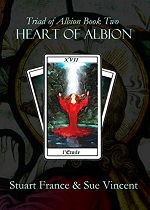






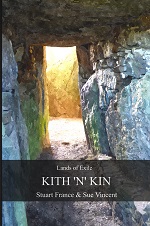
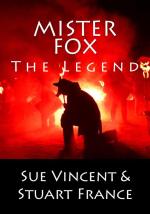

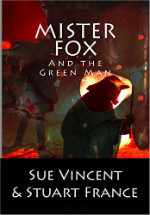
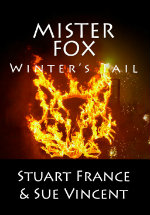


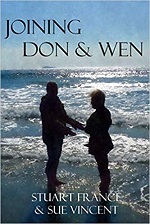

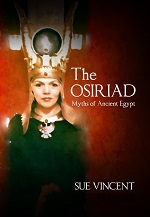










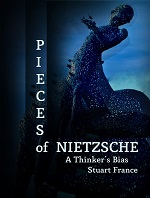
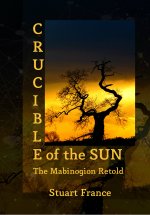


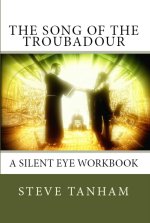


Pingback: Rites of Passage: A mother’s grief — Sue Vincent’s Daily Echo – All About Writing and more
Thanks for sharing, Henrietta.
LikeLike